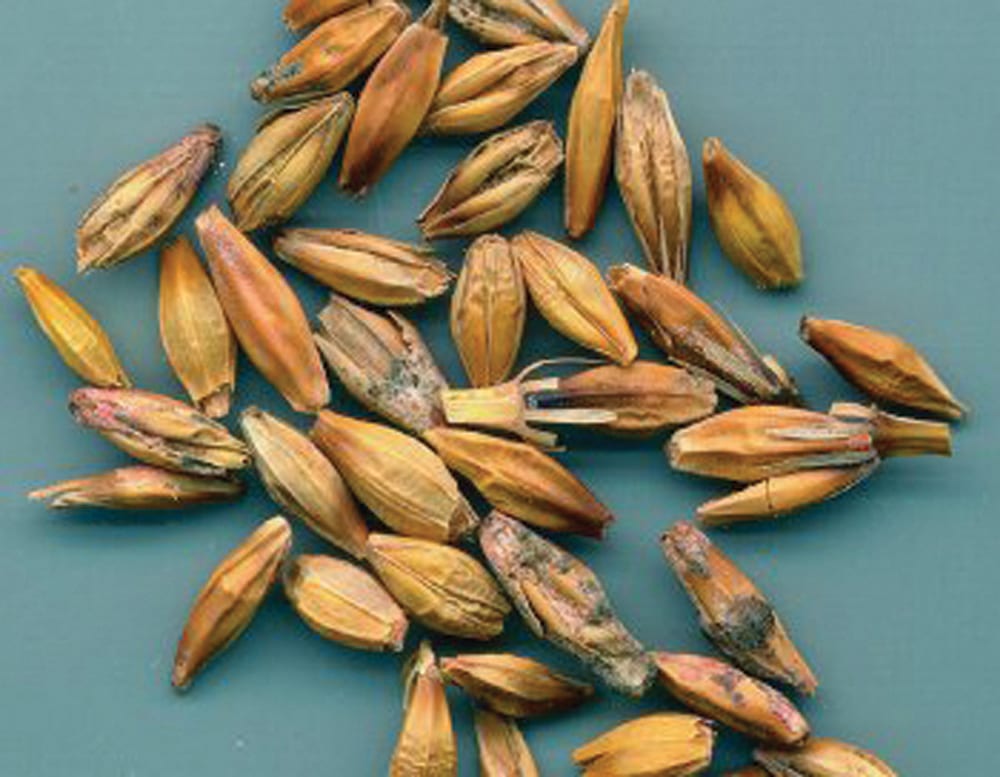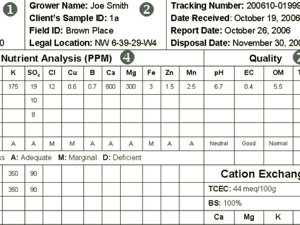1. Always follow label directions when using crop input products

Stick to the pre-harvest interval (PHI). The PHI (or Spray to Swath Interval) is the number of days that must pass between the last application of a pesticide and swathing or straight combining. Read labels carefully and check out the provincial Guides to Crop Protection or consult your local provincial agronomist for more information.
After applying glyphosate wait seven to 14 days before harvesting.
2. Do not use unregistered crop input products and consider specific market restrictions

All herbicides, fungicides, insecticides and growth regulators must be registered for use by the Pest Management Regulatory Agency before farmers can apply the product. Canada sets maximum residue limits (MRLs) on a crop-by-crop basis. In some cases, a product is registered in Canada without a maximum residue limit (MRL) established in our major export markets. This means that cereal crops treated with these pesticides may not be in compliance with the regulations of the importing country. In addition, customers may have their own restrictions.
Check that your buyer accepts grain treated with the pesticides used (e.g. glyphosate on malt barley or oats). Ensure that the grain will meet the export requirements in the destination country.
3. Always follow cereal storage recommendations

Best practices in cereal storage will help avoid the downgrading of your grain due to cross-contamination, chemical residues, loss of vigour or the formation of harmful mycotoxins such as ochratoxin A (OTA). OTA forms during storage of grains at higher moistures and is a potent toxin. A number of countries have strict regulations for residues in food and feed.
Ensure your storage bins are free of treated seed (which contains pesticides) and animal protein such as blood meal and bone meal.
Clean bins thoroughly prior to storing grain and only use approved bin treatments such as diatomaceous earth.
Ensure that crops are harvested or dried to a safe level for storage.
Keep grain in a bin that is cool, dry and well ventilated.
Check bins regularly for heating, spoilage, insect infestations or other storage problems.
4. Grow disease-resistant varieties and use practices that reduce infection

Choosing disease-resistant varieties and following sound agronomic practices can help to ensure you'll be rewarded with a healthy yield come harvest and reduce the spread of disease in the crop years ahead.
5. Deliver what you say you’ve delivered

When you sign a Declaration of Eligibility affidavit at the elevator you are making a legal assertion that your grain is of the class to which you declare and correctly states whether your grain may contain residues of any crop input product that is specified in the declaration. It is a legally binding document. Any intentional or unintentional mistake in declaration traced back through retained samples will expose individuals and their farms to significant liability. We raise these concerns to ensure that individual producers and the reputation of Canadian export sales are each protected and preserved.














